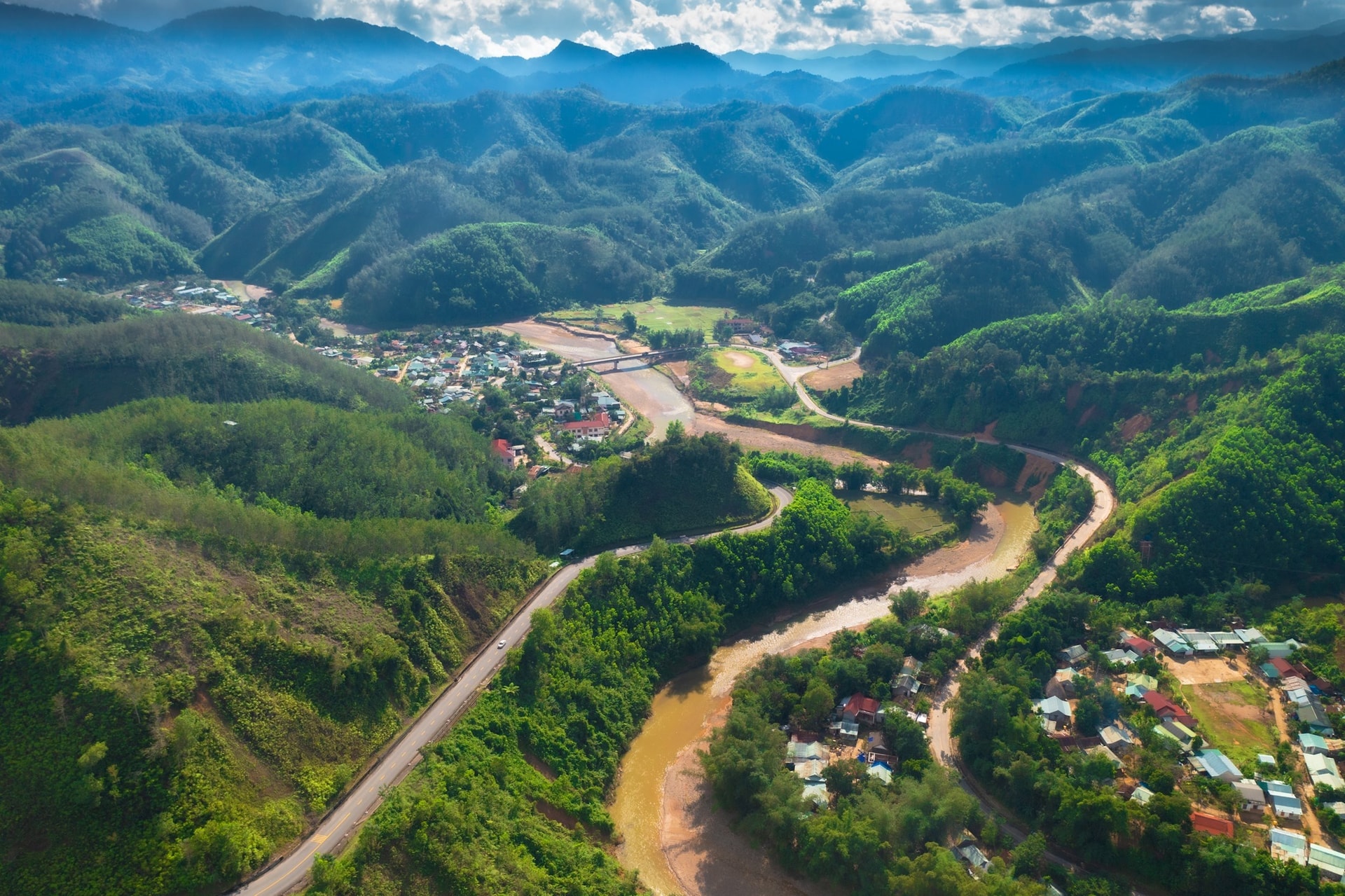
Mountains connect to mountains, rivers connect to rivers, the ocean is immense
The highlands of Quang Nam - Da Nang have the Tay Giang and Nam Giang mountains and forests, the mountain ranges on the Vietnam - Laos border are 1,500m high on average, gradually decreasing towards the east, connecting to the Dai Loc and Hoa Vang hills. The Bach Ma mountain range originates from the Truong Son region, cutting across to the sea, the last section is Hai Van mountain with a dangerous pass about 20km long, when Lord Nguyen Hoang came here, he praised: "This place is the throat of Thuan Quang region".
The Ngu Hanh Son mountain cluster located close to the sea has both geological and geomorphological value and is associated with cultural values such as the relics of Sa Huynh, Champa, the two national temples Tam Thai and Linh Ung... along with the famous Non Nuoc stone craft village for hundreds of years.
To the southwest, bordering Kon Tum, there is Ngoc Linh peak (2,598m), the highest mountain in the Southern Truong Son region, famous for Ngoc Linh ginseng. Tra My mountain forest is known as the land of "Cao son ngoc que", with many large trees such as cam lai, giổi, lim...; many precious medicinal herbs such as agarwood, cinnamon... The mountain ranges have an altitude of 1,000 - 1,500m in Tra My, Phuoc Son, down to the mountain range with an altitude of 500 - 900m in the area from Duy Xuyen to Tam Ky.
In this area, there is the Hon Tau range with its rugged terrain. The ancient Cham people chose the My Son valley at the foot of Chua mountain to build a holy land in the 4th century; later, during the resistance war against the US, Hon Tau became the base of the Quang Da Special Zone Committee. Bordering Quang Ngai province are low mountain ranges under 1,000m, one after another, jutting out to the sea, including the Thanh mountain range, famous during the resistance war against the US.
The main river system in Quang Nam connects the Kinh - Thuong cultural regions from the highlands to the coastal plains. The Thu Bon River originates from Ngoc Linh, flowing through the residence of the Xo Dang, Ca Dong, Bh'Noong, and Co ethnic groups. Products exploited in the mountainous areas are transported by boat to the plains by river, and in the opposite direction, products from the plains are also brought by traders to the highlands to exchange goods. On the left bank of the Thu Bon River, in the area of Cau Nhi village, there is a nearly 30km long tributary flowing through Vinh Dien, so it is called Vinh Dien River, reaching Co Man, it joins the Cam Le River and flows into the Han River.
In Tay Giang, Dong Giang, Nam Giang districts, the A Vuong, Kon, Cai, and Thanh rivers flow through vast primeval forests with many valuable forest products, where the Co Tu people have lived for generations. These rivers converge at Dai Loc to form the Vu Gia source. In Dai Hoa commune, the Vu Gia river splits into two streams, one branch is the Yen river flowing north to converge with the Tuy Loan river to form the Cam Le river; the other branch flows south to converge with the Thu Bon river at Giao Thuy - a once famous mulberry region of Quang land.
After passing Giao Thuy, Thu Bon splits into two branches, surrounding Go Noi Islet; Bao An - Go Noi land has long been famous for silk weaving, silk weaving, and sugar making; downstream, the river flows through Dien Ban and Hoi An and then flows into Cua Dai. Under the Nguyen Lords, Hoi An - the land of "people and water meeting" in the downstream of Thu Bon River - became the most important trading port of Dang Trong. Along the length of the river, many boat docks were formed very early, serving as a place to gather goods for transport to the two regions upstream and downstream.
The coast of Da Nang from Son Cha Island to the southernmost point of Quang Nam is more than 180km long, offshore is the Hoang Sa archipelago, a large fishing ground with many kinds of valuable seafood. In the 17th century, Lord Nguyen established the Hoang Sa Fleet to control this archipelago.
The best location for ships to stop and avoid storms is Da Nang Bay - a deep, wind-sheltered body of water. The bay has two river mouths: Cu De River Mouth, which receives forest products from Lo Dong source transported down by river; Han River Mouth, which receives products from the mountainous region of western Quang Nam transported out by Vinh Dien River and Co Co River.
This sea area is located on the Southeast Asian sea trade route, ships from many countries often pass through and dock at Da Nang, Hoi An and Cu Lao Cham, creating favorable conditions for the development of foreign trade in Quang Nam.
Cultural source of Quang land
From the time the first ancient people appeared at the Bau Du archaeological site (Nui Thanh) until the Vietnamese people appeared in the Quang Nam - Da Nang area, more than 6,000 years have passed. The continuity, exchange, and adaptation of the Con Sau Scallop cultures in the early Neolithic period, the Sa Huynh culture in the early Iron Age, the Champa culture from around the 2nd century AD onwards, and finally the Dai Viet culture from 1306, when the Cham king Che Man offered the two Chau O and Ly as a dowry to marry Princess Huyen Tran of Dai Viet, have formed the unique cultural values of Quang land.
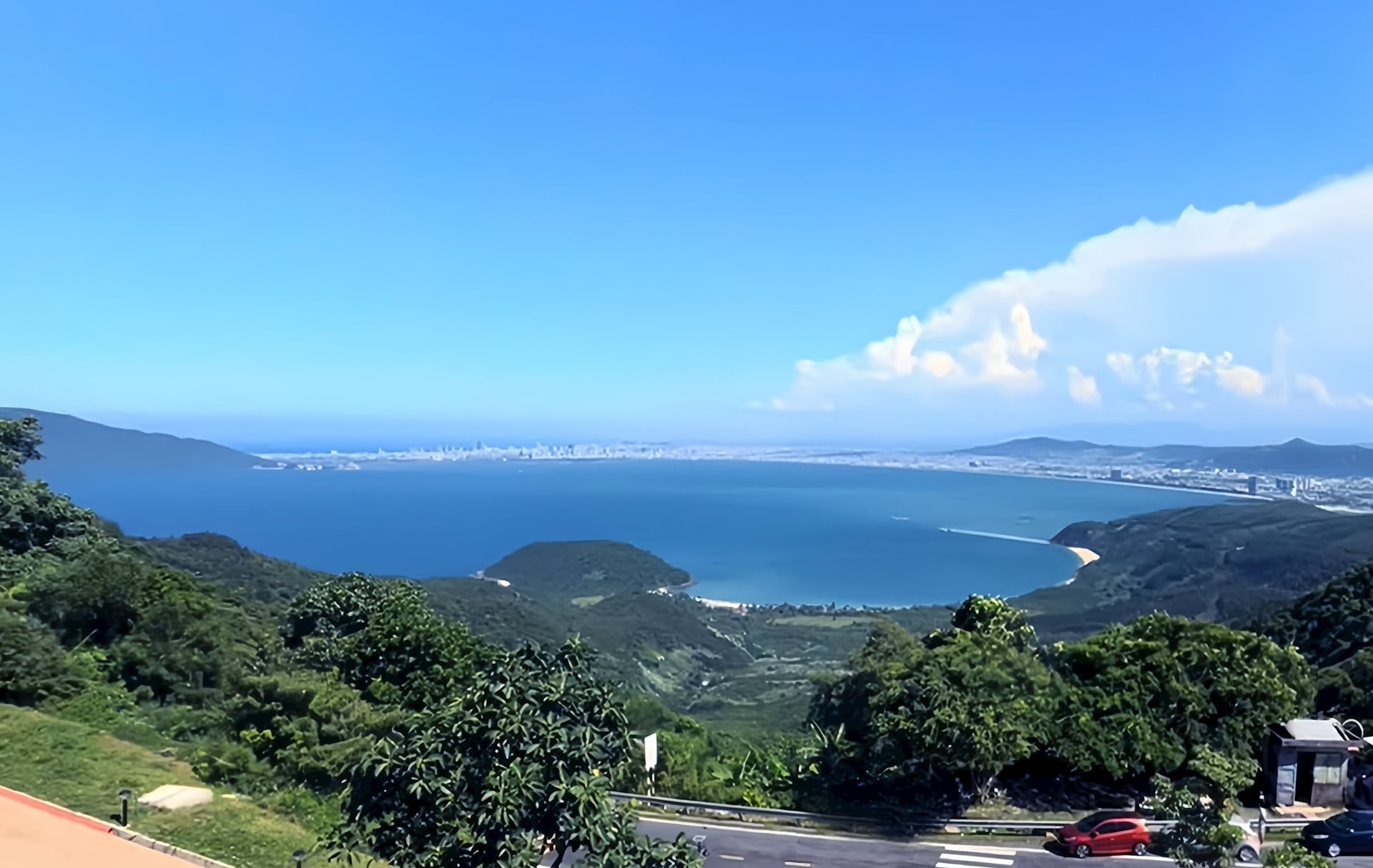
Besides the traditional cultural values of the Vietnamese in Dang Ngoai, the Cham-Vietnamese cultural assimilation has left many marks through customs and festivals such as the worship of Thien YA Na with the Ba Thu Bon festival, the Ba Chiem Son festival, and the Ba Cho Duoc procession. The Quang people have acquired from the indigenous Cham people a lot of folk knowledge and traditional occupations such as silk weaving, boat building, seafaring, fishing, and making fish sauce.
The majority of the Quang people originated from Thanh Hoa and Nghe An. The people here are studious, very brave, and able to endure hardships. When they settled down in Thuan Hoa, they came into contact with the indigenous Cham people, a people described by G. Maspero in his work The Kingdom of Champa as: "aggressive and warlike, very courageous". During the process of living together with the Cham people, a new class of Vietnamese people appeared with the typical characteristics of people in the borderland, which according to Nguyen Trai's "Du dia chi" was because of "the old customs of the Cham people", could it be from there that they had a stubborn, rebellious, and argumentative temperament?
Along with tangible and intangible cultural values, the character of Quang Nam people - an invisible value - has contributed significantly to the cultural identity of Quang Nam. The spirit of studiousness, the straightforwardness of "arguing", the courage, resilience and patriotism have helped Quang people firmly stay in their homeland and build Da Nang city as it is today.
The name Quang Nam was born in 1471, until now nearly 555 years, through many ups and downs in history, the cultural identity of Quang land is still preserved, passed down and promoted. It is necessary to go from geographical and cultural values to development thinking, creating new values after the merger. Hopefully, after this merger, the people of Quang Nam - Da Nang will continue to maintain the tradition of solidarity, wholeheartedly building Da Nang city to become increasingly rich and livable.
Source: https://baodanang.vn/tu-goc-nhin-dia-van-hoa-den-phat-trien-da-nang-3265091.html


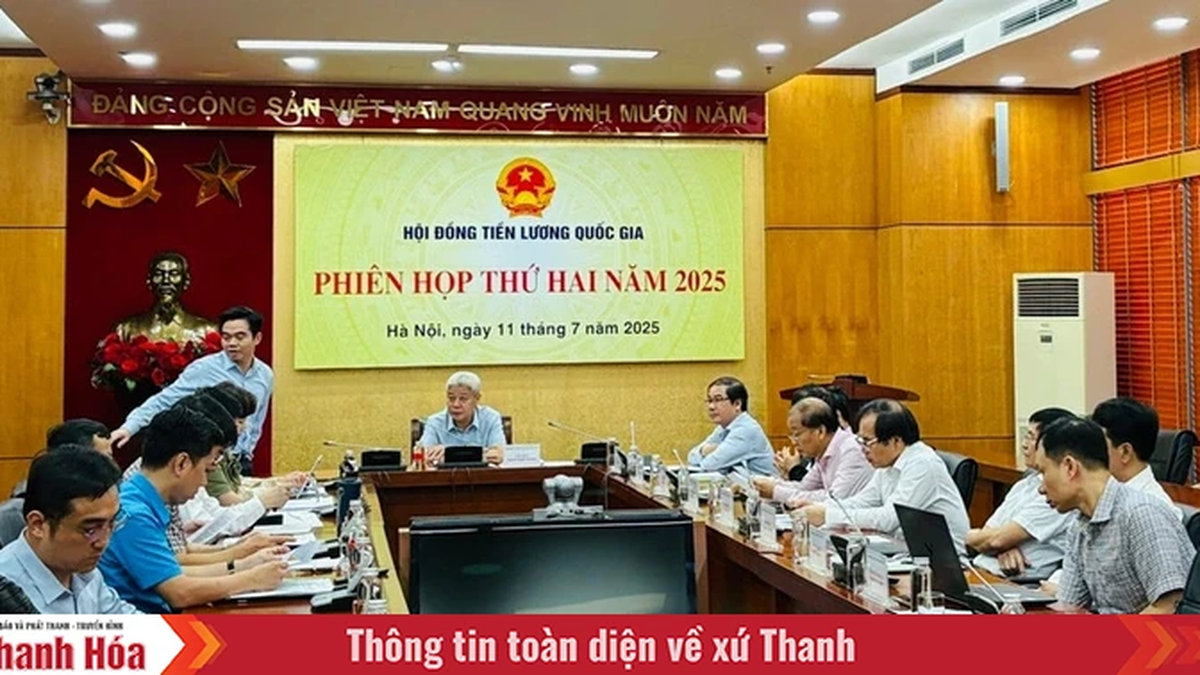
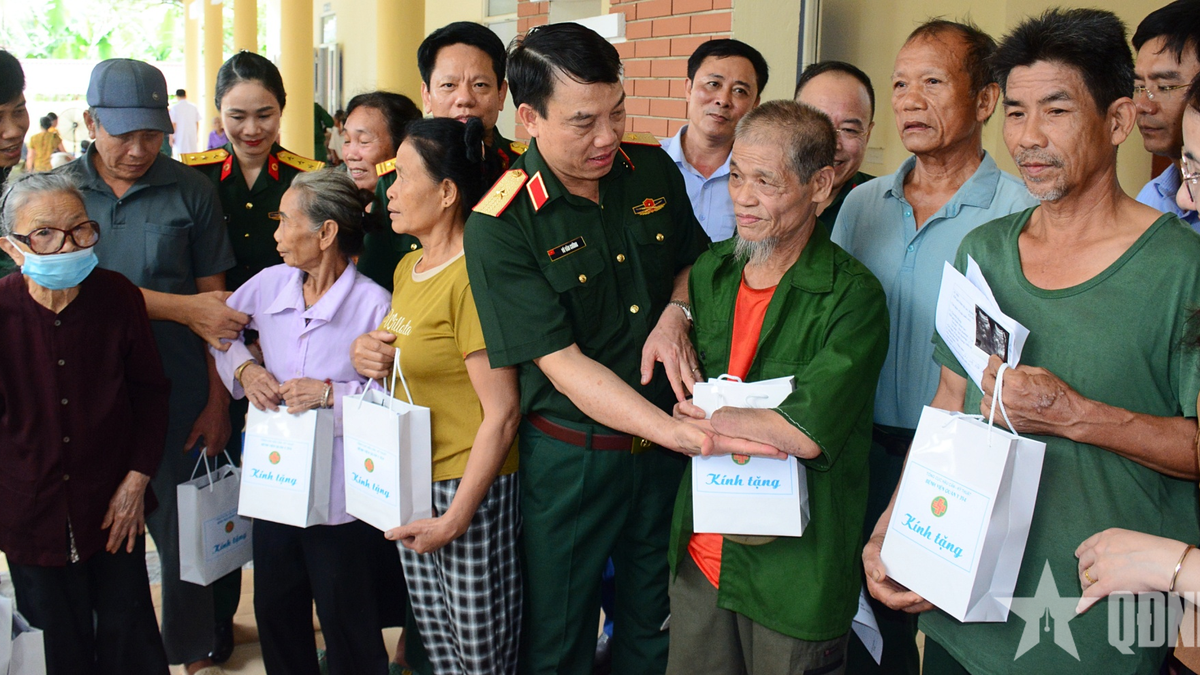
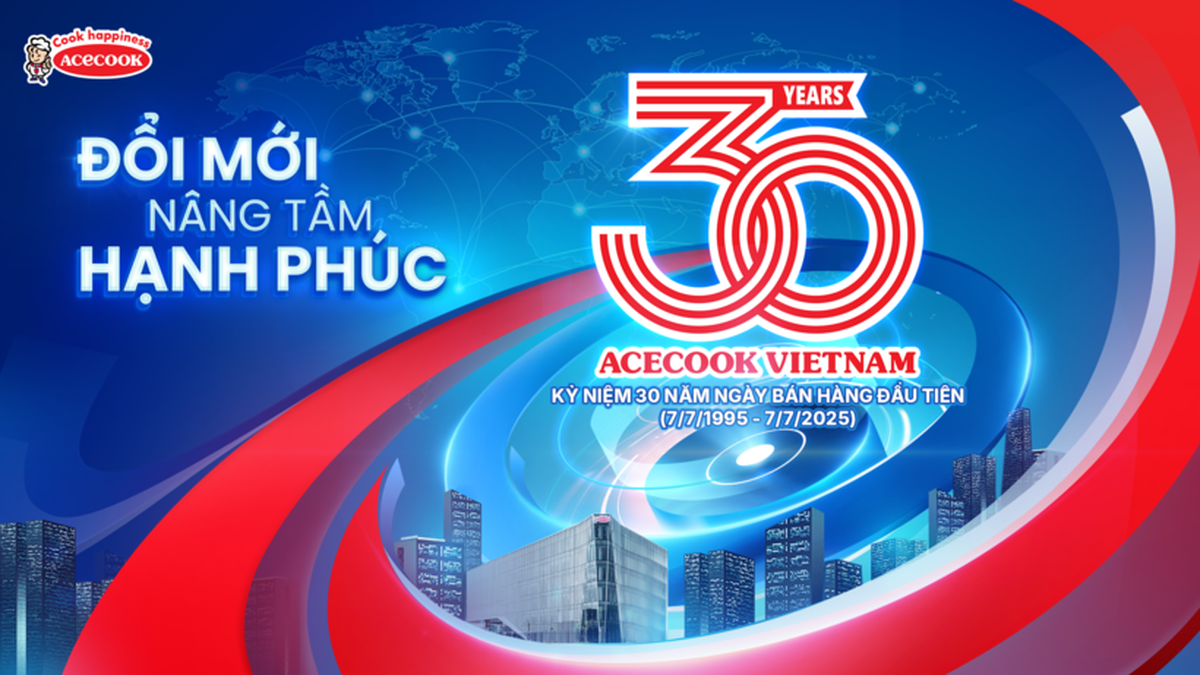

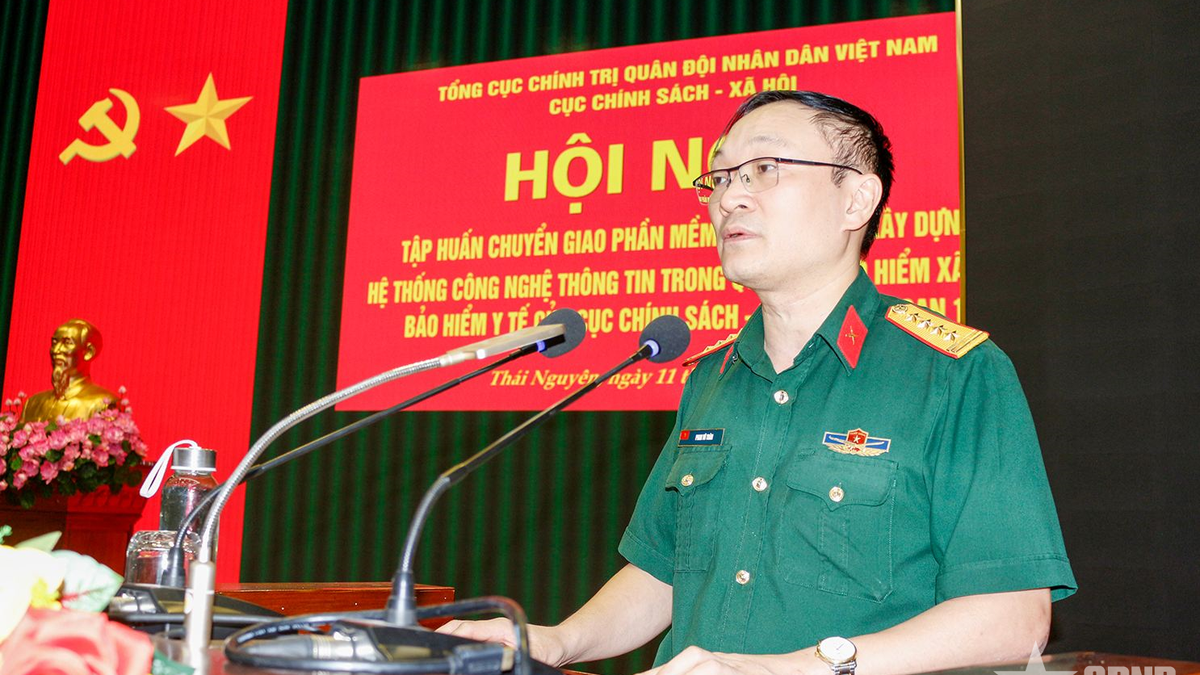
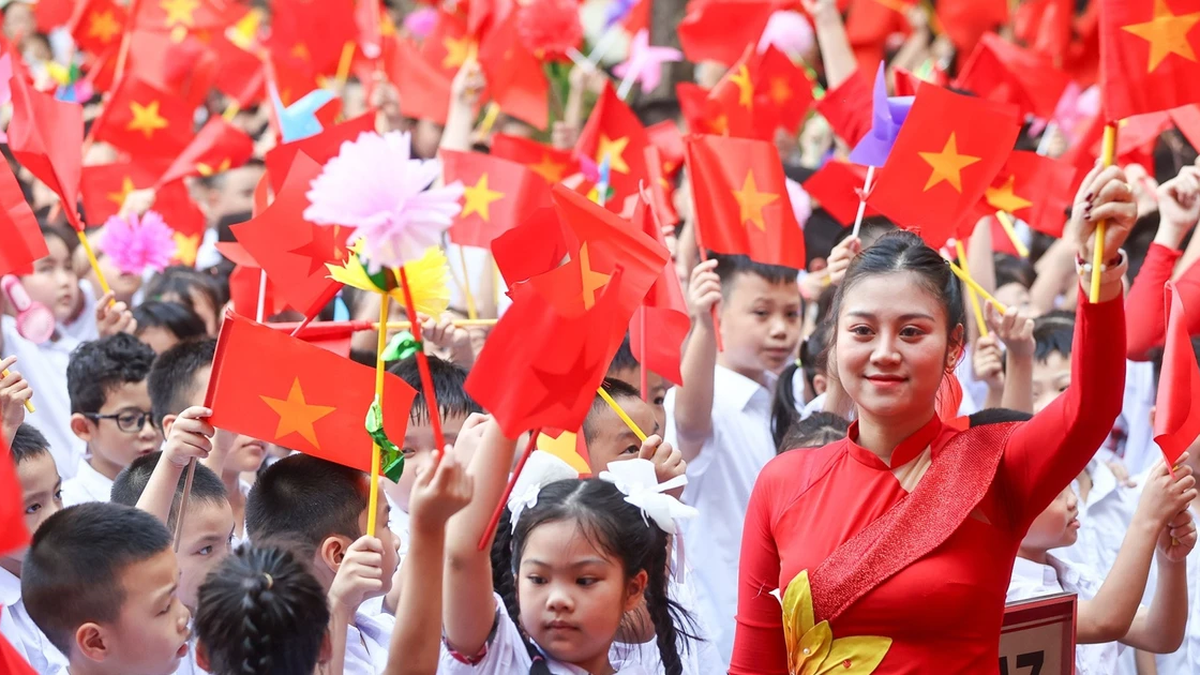
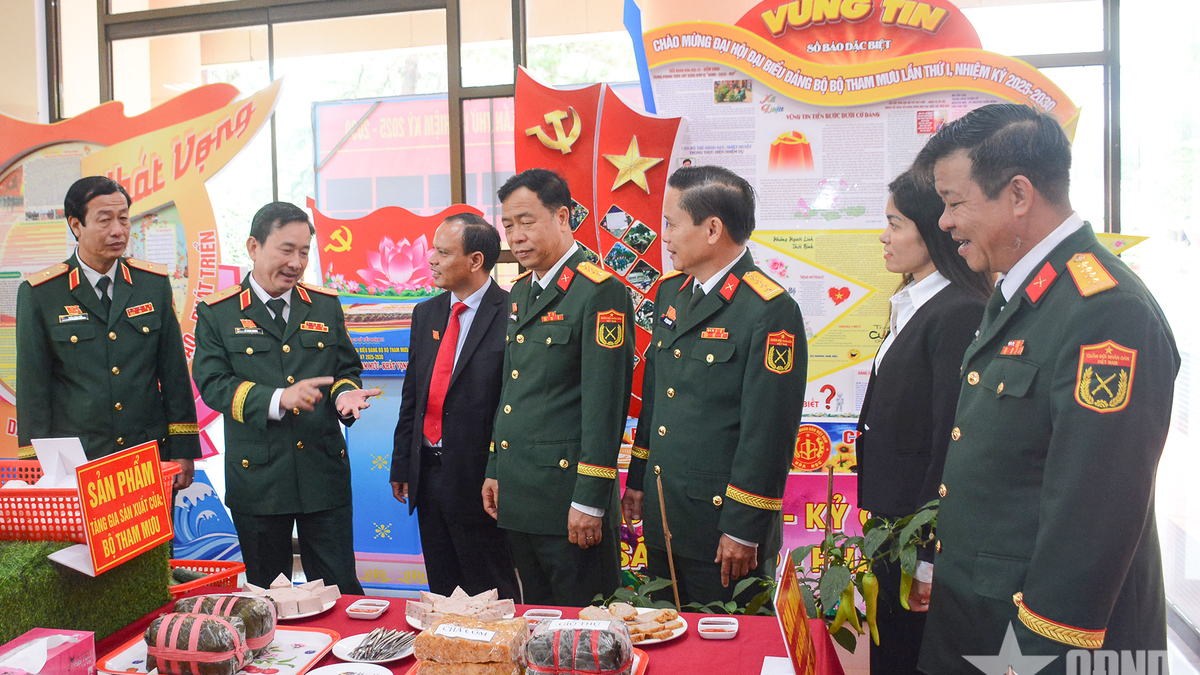
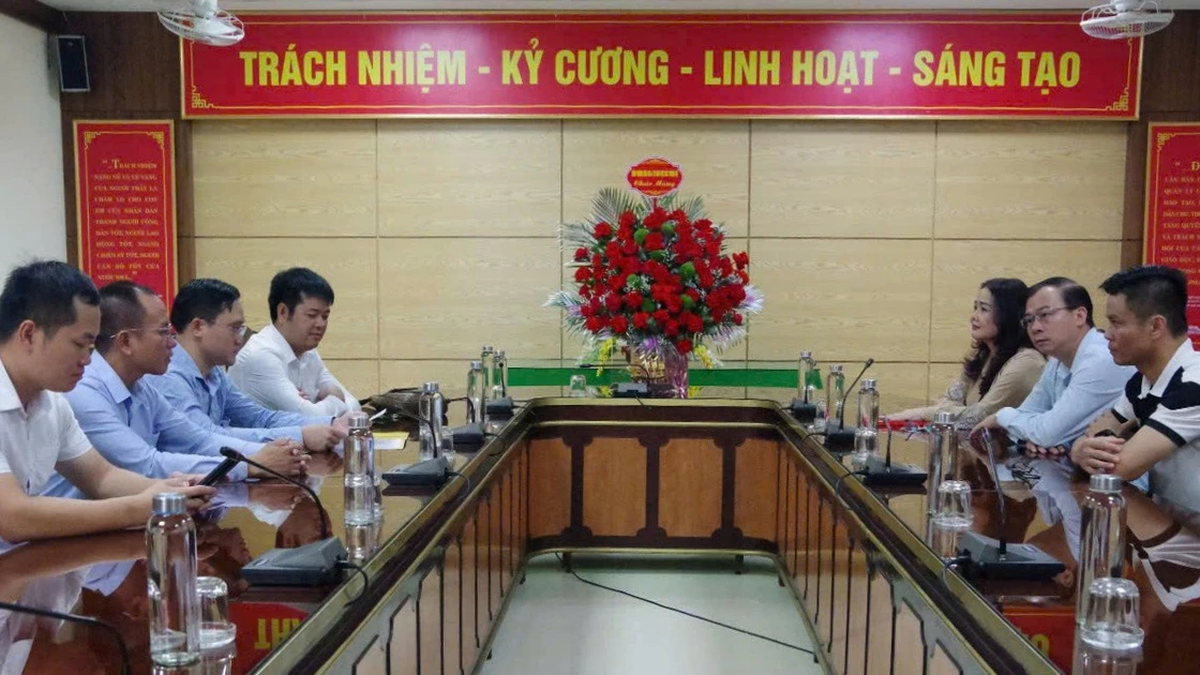

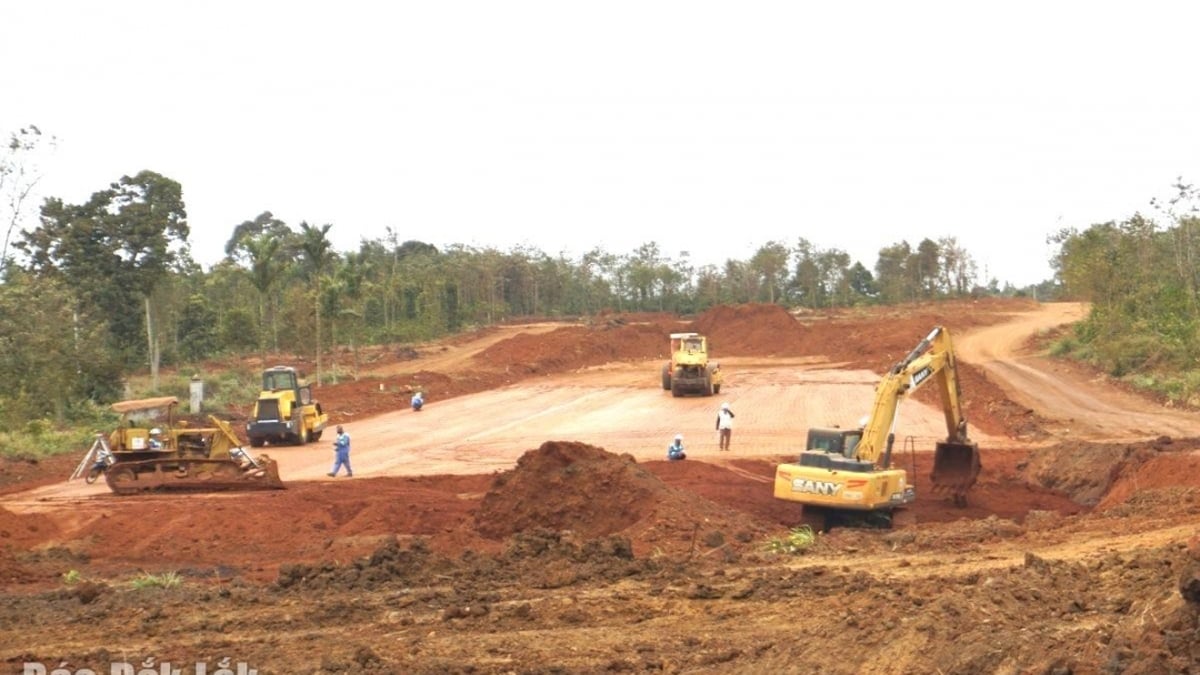


















![[Photo] Gia Lai provincial leaders offer flowers at Uncle Ho's Monument with the ethnic groups of the Central Highlands](https://vphoto.vietnam.vn/thumb/1200x675/vietnam/resource/IMAGE/2025/7/9/196438801da24b3cb6158d0501984818)

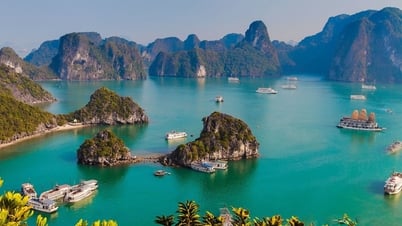

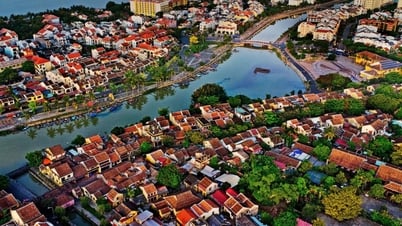



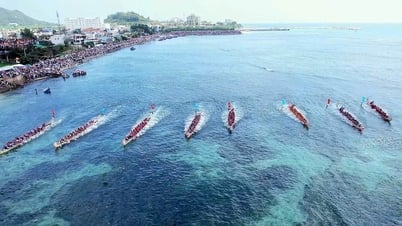

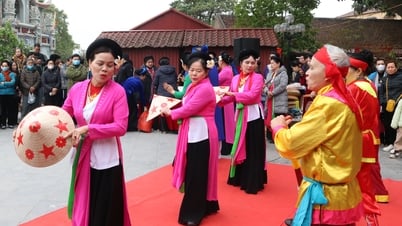

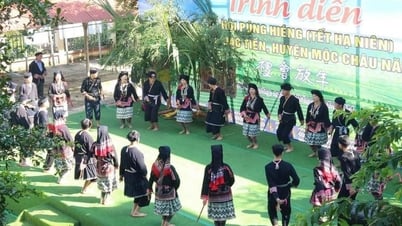




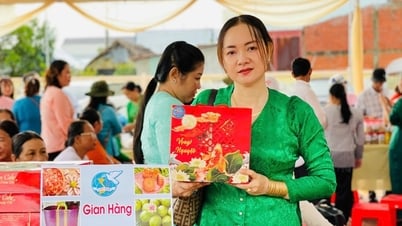


















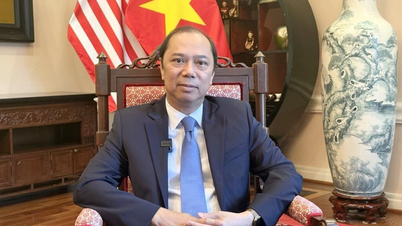






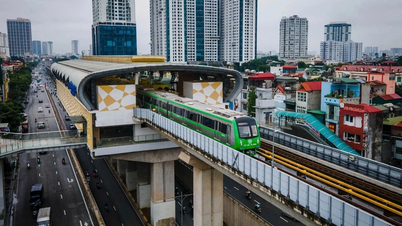

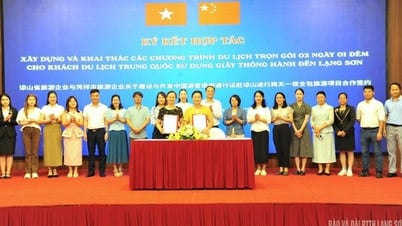



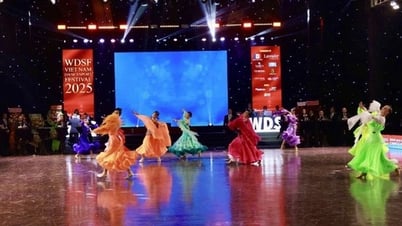













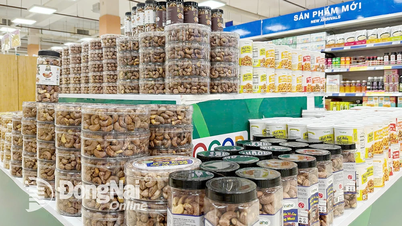
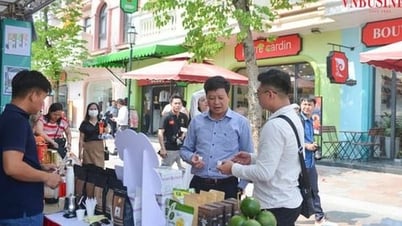

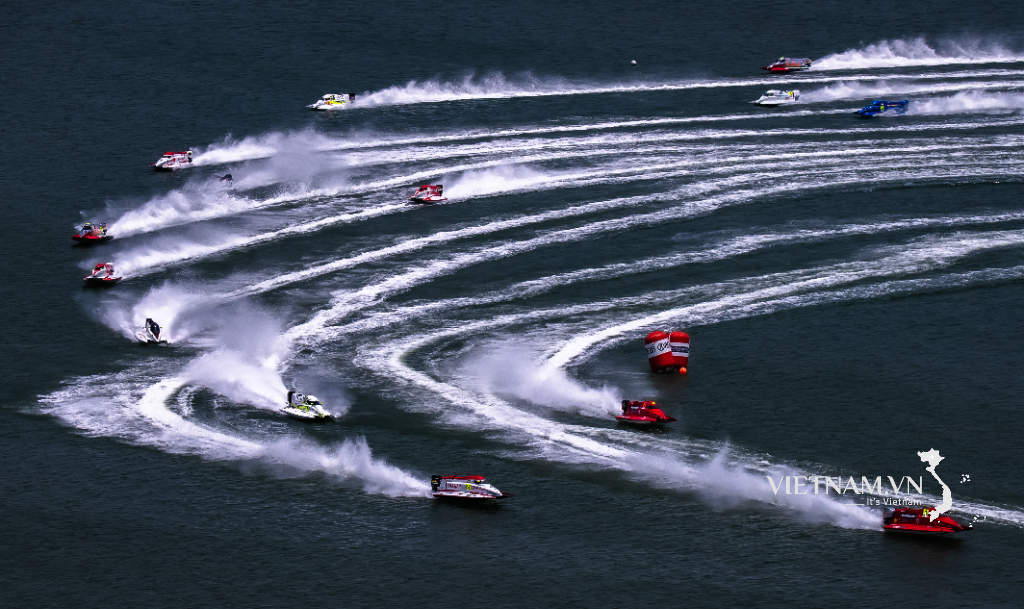



Comment (0)